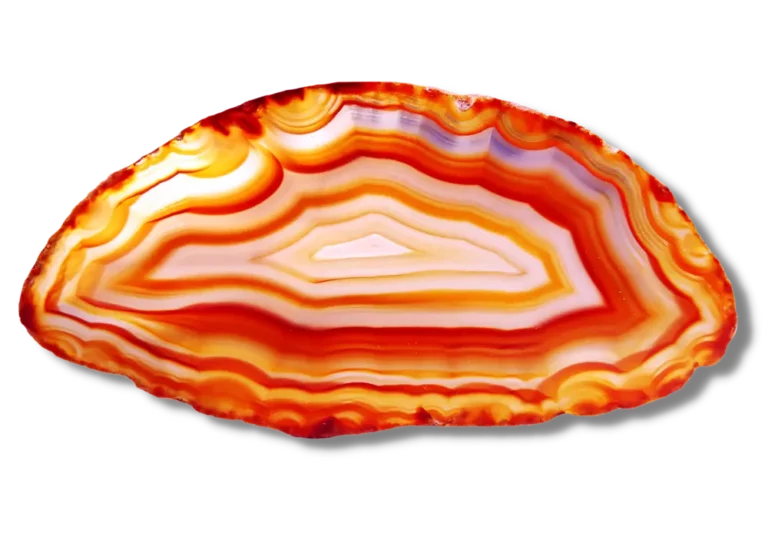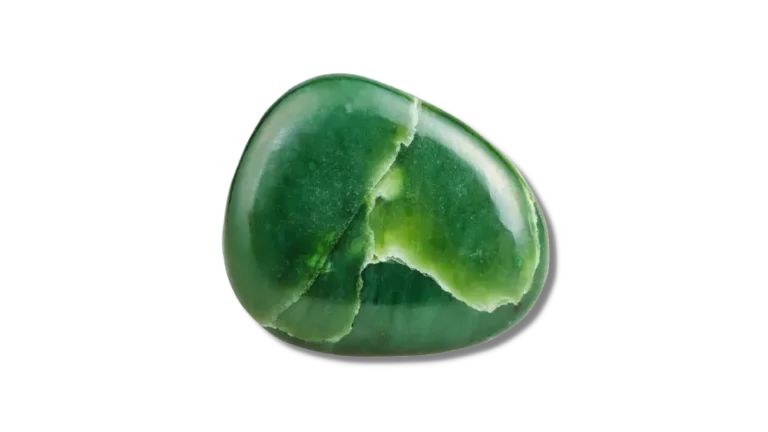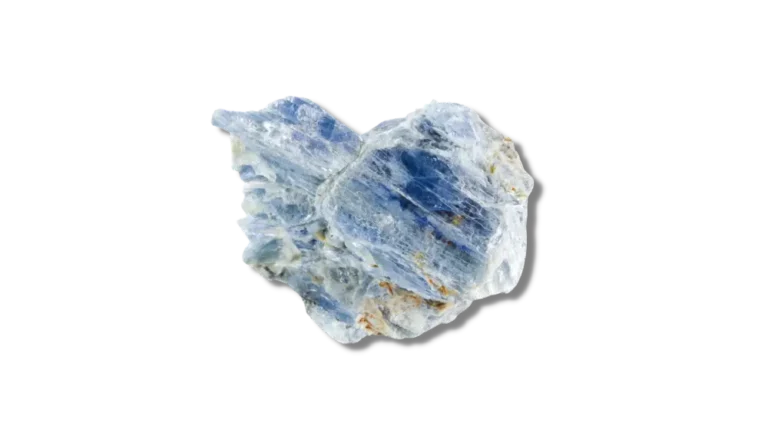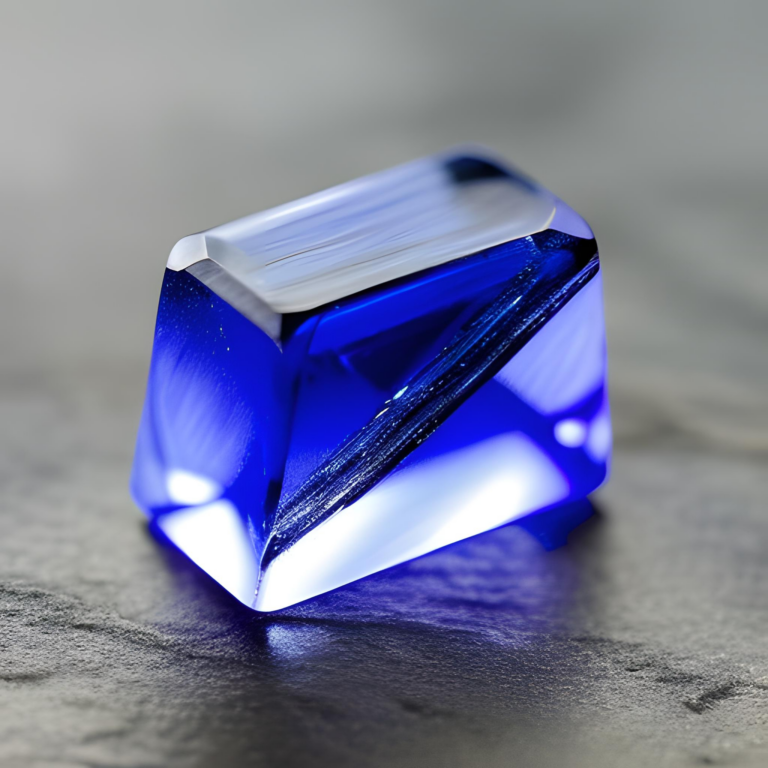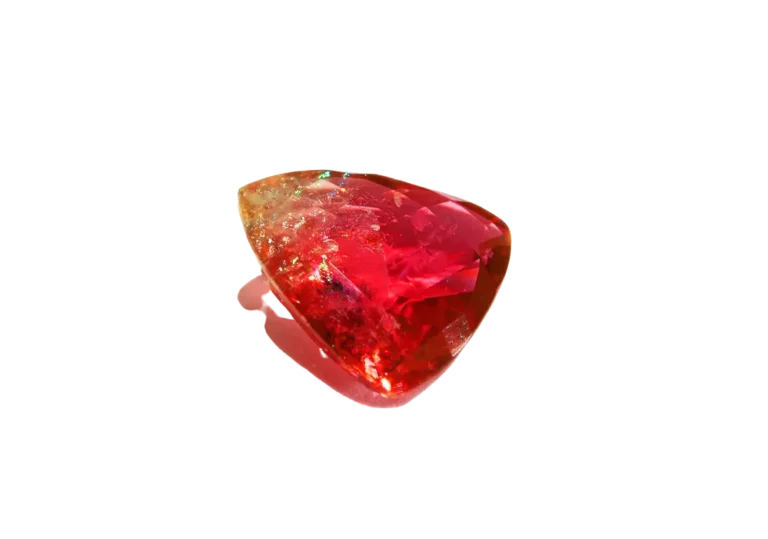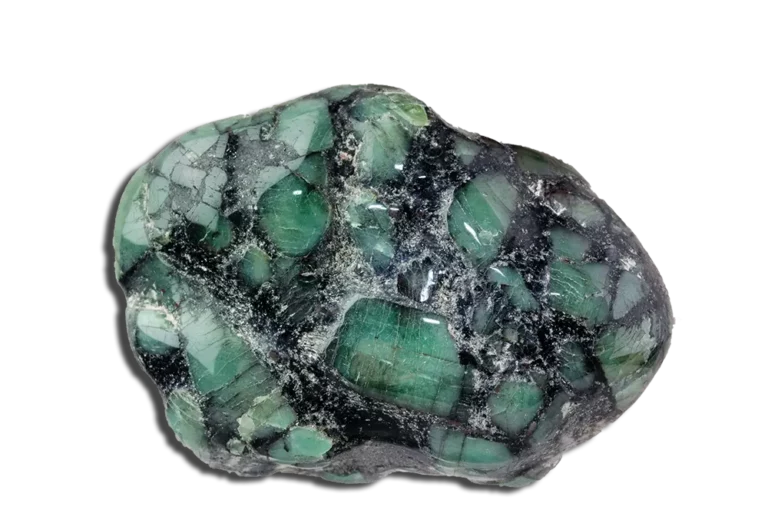Albite: Properties, Benefits & Meanings
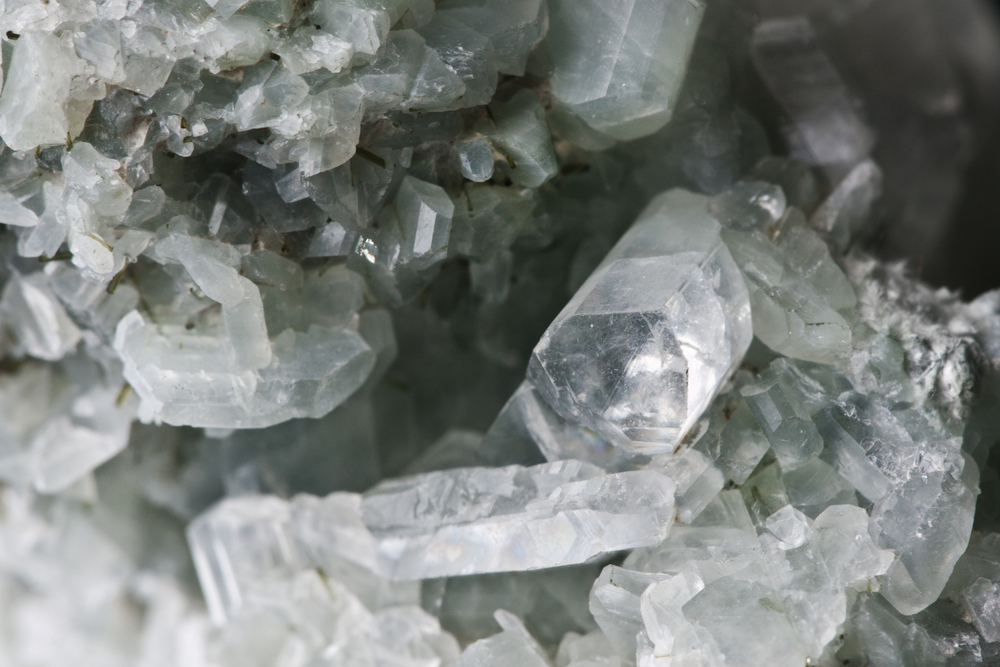
Albite Overview
Albite is a type of feldspar mineral often found in crystalline form, usually in shades of white and gray. Albite is one of the most plentiful minerals on Earth. It has been used for centuries as a decorative stone in jewelry, buildings, and artwork. Albite stones have a milky-white complexion, and some also display subtle flashes of yellow or blue. It is especially radiant when cut into semi-precious gemstones. It is believed to promote mental clarity and emotional balance. It can also aid with spiritual growth and help to strengthen overall health and well-being.
In this blog post, we’ll explore Albite’s physical and spiritual properties, as well as its many benefits and meanings.
What Is Albite?
Albite is a mineral that belongs to the feldspar family. It is composed of sodium, aluminum, and silicon and has a chemical formula of NaAlSi3O8. The gemstone is typically white or colorless, but it can also be found in shades of gray, green, and pink. It has a vitreous to pearly luster and a hardness of 6 to 6.5 on the Mohs scale, which means it’s relatively durable and resistant to scratching.
Albite is commonly found in igneous and metamorphic rocks, particularly in granite and pegmatite. It’s also found in some sedimentary rocks and as a component of some mineral veins. It is a major component of the Earth’s crust and one of the world’s most abundant minerals.
The mineral is often used to manufacture ceramics, glass, and glazes. It’s also a popular choice for jewelry and decorative items because of its beauty, durability, and relative rarity. Humans have used the gemstone for thousands of years, and it has a rich spiritual history that is still revered by many people today.
How is Albite Formed?
Albite is primarily formed through igneous and metamorphic processes. It is a common mineral in granites and pegmatites, which are both types of igneous rocks. These rocks form from the cooling and solidification of magma, which is molten rock that cools and solidifies beneath the Earth’s surface. As the magma cools, the individual minerals begin to crystallize and grow, forming a solid rock mass.
Albite can also form through metamorphism, the process by which rocks are altered due to temperature, pressure, or chemical activity changes.
Additionally, it can form through hydrothermal processes, which involve the circulation of hot fluids through rocks. These fluids can dissolve and transport minerals, depositing them in new locations and forming new mineral assemblages. Therefore, it is often found in hydrothermal veins and can be associated with other minerals such as quartz, mica, and tourmaline.
Physical Properties
| Mineral Group | Feldspar |
| Formula | NaAlSi3O8 |
| Chemical Name: | Sodium aluminum silicate |
| Color | White, colorless, gray, green, pink |
| Hardness (Mohs scale) | 6 – 6.5 |
| Refractive Index | 1.525 – 1.532 |
| Fracture | Conchoidal to uneven |
| Luster | Vitreous to pearly |
| Specific Gravity | 2.62 – 2.65 |
| Transparency | Transparent to translucent |
Etymology
The name Albite is derived from the Latin word “albus,” which means “white.” This is a reference to the common color of Albite, which is typically white or colorless. The name was first used in 1815 by the German mineralogist Johann Friedrich August Breithaupt, who described the mineral as a type of feldspar.
Albite is a member of the feldspar group of minerals, some of the most common minerals on Earth. The feldspar group is named after the German word “feldspat,” which means “fieldstone.”

Where is Albite Found?
Albite can be found in many countries around the world, including:
- Myanmar
- Madagascar
- Brazil
- USA
- Austria
- Canada
- Kenya
- Scandinavian Peninsula
- South Africa
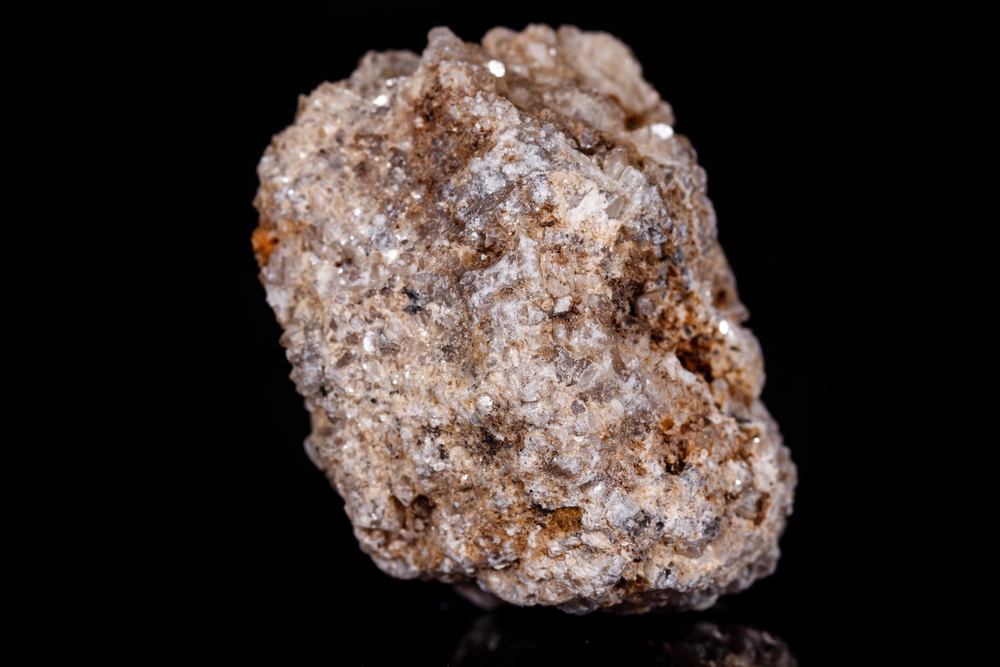
Albite Appearance
Albite is typically white or colorless but can also occur in shades of gray, green, and pink. It has a vitreous to pearly luster, which means it has a shiny, reflective surface. In addition, the mineral has a transparent to translucent appearance, which means that some light can pass through it, but not all.
The stone has a characteristic striated surface caused by how the crystal grows, and it often occurs as blocky, prismatic crystals or in massive aggregates. The mineral has a hardness of 6 to 6.5 on the Mohs scale, which means it’s relatively hard and can withstand moderate wear and tear.
Types of Albite
There are several types of Albite, which are classified based on their chemical composition and crystal structure. Some of the most common types include:
- Sodium Albite: This is the most common type and is the form that is typically referred to as simply “Albite.” It has a chemical composition of NaAlSi3O8 and belongs to the triclinic crystal system.
- Oligoclase: This type contains small amounts of calcium in its crystal structure. It has a chemical composition of (Na, Ca)Al1-2Si3-2O8 and belongs to the triclinic crystal system.
- Andesine: This type contains small amounts of sodium and calcium in its crystal structure. It has a chemical composition of (Na, Ca)Al1-2Si3-2O8 and belongs to the triclinic crystal system.
- Labradorite: This type contains larger amounts of calcium and other trace elements, giving it a distinctive iridescent or labradorescent appearance. It has a chemical composition of (Ca, Na)(Al, Si)4O8 and belongs to the triclinic crystal system.
- Peristerite: This type contains small amounts of sodium and potassium in its crystal structure. It has a chemical composition of (Na, K)AlSi3O8 and belongs to the triclinic crystal system.

Albite Value and Price
The value and price of Albite can vary depending on several factors. Some of the factors that can affect the value of Albite include:
- Carat Weight: The larger the specimen, the more valuable it tends to be. Larger samples are rarer and more difficult to find than smaller ones.
- Cut: The cut of a specimen can also affect its value. Albite crystals that are well-formed and exhibit desirable features like striations or unique crystal structures are more valuable than specimens that lack these features.
- Clarity: Clarity can also affect its value. Specimens free from inclusions and blemishes are more valuable than specimens with visible flaws.
- Color: The color can also affect its value. White and colorless specimens are the most common. They tend to be less valuable than specimens with rare or desirable colors like green, pink, or blue.
The value and price of Albite can range from a few dollars for small, common specimens to several thousand dollars for larger, rare, and high-quality specimens. The market is driven by demand and supply from mineral collectors and jewelry enthusiasts, and prices can fluctuate depending on supply and demand.
How Can You Tell if Albite Is Real?
There are a few tests that can be done to determine if a specimen is real:
- Visual inspection: One of the first things to look for is the characteristic striated surface. The mineral should also have a vitreous to pearly luster and be transparent to translucent.
- Hardness: The stone has a hardness of 6 to 6.5 on the Mohs scale, meaning it can scratch glass but can be scratched by harder minerals like quartz.
- Density: The mineral has a specific gravity of 2.62 to 2.65, which means it is heavier than water. You can use a simple density test by weighing the specimen and comparing its weight to its volume to determine if it falls within the expected range.
- Refractive Index: The stone has a refractive index of 1.526 to 1.535, which means that light bends as it passes through the crystal. You can use a refractometer to measure the refractive index of the specimen and compare it to the expected range.
- Chemical tests: Chemical tests can also determine if a specimen is real. You can use hydrochloric acid to test for the presence of calcium, a common impurity in some types. You can also use a UV light to look for fluorescence, which can help distinguish Albite from other minerals.
Some of these tests require specialized equipment and knowledge, so it’s best to have your specimen evaluated by a professional if you are unsure of its authenticity.

What Does Albite Symbolize?
Albite is said to symbolize clarity, purity, and spiritual growth. It is believed to help cleanse and purify the mind, body, and spirit and to promote mental clarity and emotional balance.
The stone is associated with the crown chakra, the energy center at the top of the head linked to spiritual enlightenment and higher consciousness. It is said to help open and activate the crown chakra, allowing for greater spiritual awareness and connection to the divine.
Some people also believe that it facilitates communication and understanding between people and promotes harmony in relationships.
Uses of Albite
Albite has a variety of uses, including:
- As a gemstone: The stone is sometimes used in jewelry as a gemstone. It is generally cut into cabochons, which showcase the stone’s unique striated patterns.
- As a mineral specimen: It is a popular mineral specimen that enthusiasts and collectors collect. It is prized for its unique crystal structure and can be found in various sizes and forms.
- As a source of aluminum: It is one of the primary sources of aluminum in the world. It is often found in granite and pegmatite formations and can be mined for its aluminum content.
- In the ceramics industry: The mineral is also used in the ceramics industry as a fluxing agent. It helps to lower the melting point of ceramics and is used to improve their overall quality.
- In the glass industry: It is also used in the glass industry as a fluxing agent. It helps lower the melting point of glass and improves the transparency and durability of glass products.
- As a spiritual tool: The stone is also used as a spiritual tool in various spiritual and metaphysical practices. It is said to promote mental clarity, emotional balance, and spiritual growth and is used to facilitate communication and understanding between people.
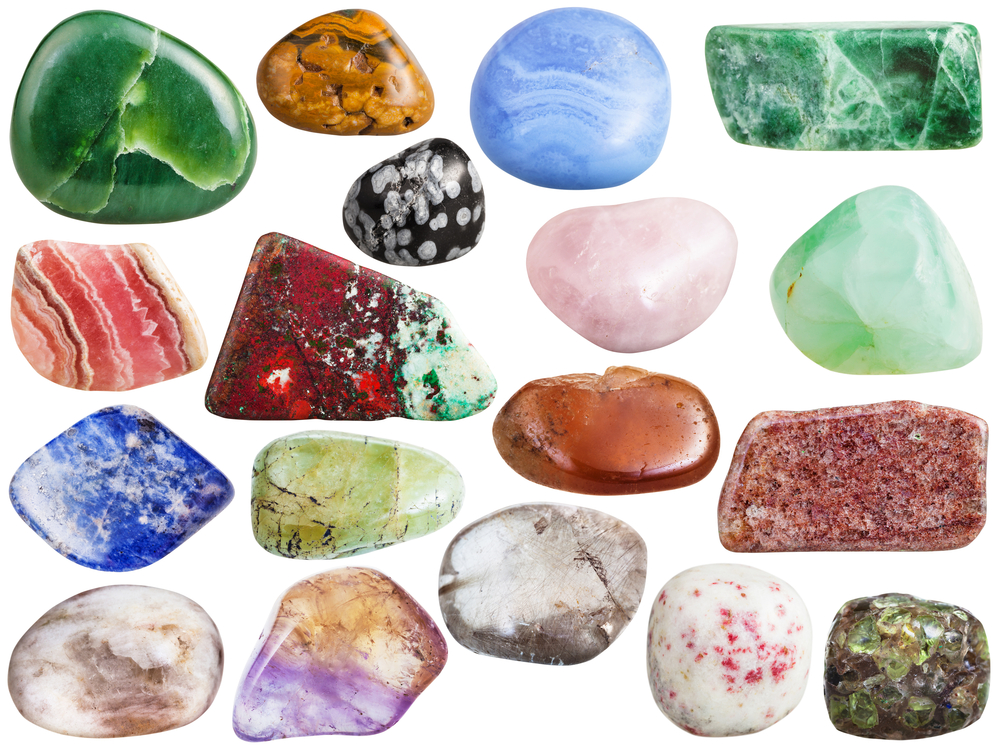
How To Take Care Of Albite Jewelry?
Taking proper care of Albite jewelry can help ensure that it retains its beauty and durability. Here are some tips for caring for your Albite jewelry:
- Avoid exposure to harsh chemicals: Albite can be damaged by harsh chemicals such as bleach, chlorine, and other cleaning products. Avoid wearing jewelry when cleaning, swimming, or showering.
- Store jewelry carefully: Store the jewelry in a cool, dry place, away from direct sunlight and heat. Store it separately from other jewelry to prevent scratches and damage.
- Clean jewelry regularly: To clean your jewelry, use a soft cloth or brush and mild soap and water. Gently rub the jewelry with a cloth or brush and rinse it with water. Avoid using abrasive cleaners or scrubbing too hard.
- Handle jewelry with care: The gemstone can be scratched or damaged by rough handling. Be careful when wearing jewelry and avoid knocking it against hard surfaces.
- Have jewelry professionally cleaned: If your jewelry is heavily soiled or has become dull, consider having it professionally cleaned by a jeweler. They can use specialized tools and techniques to clean and polish the jewelry without damaging it.
Following these tips can help keep your jewelry looking beautiful for years to come.
FAQ
What is the difference between Albite and other feldspar minerals?
Albite is a type of plagioclase feldspar, which means that it contains both sodium and calcium. Other types of feldspar, such as orthoclase and microcline, contain potassium instead of sodium. Its characteristic striations and twin formations can distinguish it from other feldspar minerals.
Is Albite a rare mineral?
Albite is not considered a rare mineral and can be found in many locations worldwide. However, high-quality specimens and gemstones can be relatively rare and may command a higher price.
Is Albite a birthstone?
Albite is not considered a traditional birthstone for any particular month. Still, it is sometimes used as an alternative birthstone for those born in February or March.
Can Albite be used in meditation or spiritual practices?
Yes, it is sometimes used in meditation and spiritual practices to promote mental clarity, emotional balance, and spiritual growth. It is associated with the crown chakra and is believed to help open and activate this energy center.
Is Albite durable enough for everyday wear in jewelry?
While Albite is not as hard as some other gemstones, it is still durable enough for everyday wear in jewelry. However, it should be treated carefully to avoid scratches, chips, or further damage.


